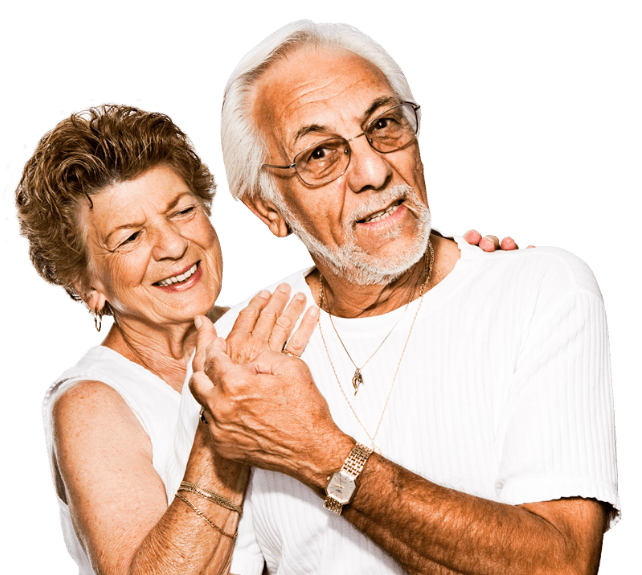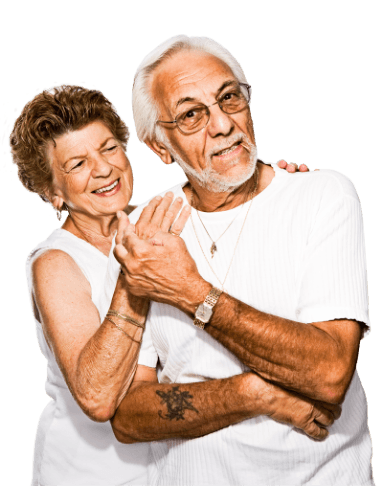Excellence in Rheumatology Care since 1977. Accepting New Patients
Feb 12, 2019
Many risk factors for osteoporosis are out of your control, such as your sex, your age, and your genes. However, exercising wisely can still slow down osteoporosis or help you prevent its onset. However, many osteoporosis patients avoid exercise because they fear that they may fall and break a bone – in reality, exercise can strengthen your bones to prevent fractures and improve your coordination to prevent falls.
Talk to your doctor about exercise. While your current health may indicate that you should avoid specific kinds of exercise, your doctor can help you figure out what you can do to improve your health. The following kinds of exercise tend to be good for people with osteoporosis.
Weight-Bearing Aerobic Exercise
Aerobic exercises are workouts that improve your heart and lungs, which work together to deliver oxygen to your entire body. A weight-bearing aerobic exercise is one in which you exercise while staying upright and on your feet. These exercises aren’t about carrying weights – in this case, you’re exercising by moving your own body against gravity, and your bones will become stronger for bearing the weight you place on them.
Weight-bearing aerobic exercises are divided into two types: high-impact and low-impact. If your osteoporosis has already taken a toll on your bones, you may need to stick with low-impact exercises to prevent injury. This type of exercise includes walking quickly, using an elliptical machine, and using a stair-step machine.
High-impact exercises put more stress on your bones. If these workouts are safe for you, your bones will become stronger when you do them. This type of exercise includes jumping rope, jogging, hiking, and dancing.
Strength Training
Strengthening your muscles will in turn strengthen your bones. Additionally, if you are stronger, you are less likely to fall or break a bone when you fall.
Strength training involves moving a weight (including your own body) against gravity, and it’s also called resistance training. Strength exercises that work your core muscle groups, such as planks, are especially important for helping you maintain good posture. However, when doing strength training, avoid exercises that twist your spine. If you’re not sure an exercise is safe, avoid doing it until speaking with your doctor or physical therapist.
Strength training includes exercises that use your body’s weight, free weights, weight machines, and elastic exercise bands.
Balance Exercises
Exercises for balance and stability won’t make you or your bones stronger. However, they’re still very important for people with osteoporosis because they help you prevent falls.
Balance exercises can be very simple, such as practicing standing on one leg. You can also try more advanced movement-based balance exercises, like tai chi. These types of exercises train your muscle groups to work together and help you stay stable.
Many people with osteoporosis also benefit from posture exercises that prevent sloped shoulders and flexibility exercises that help them keep their range of motion. However, because exercises that cause bending and twisting can cause fractures for some patients, you’ll be safest if you develop your exercise program with the help of a physical therapist. Your doctor can refer you to a qualified practitioner.
By sticking with an exercise program that puts more weight on your bones in controlled settings, you’ll cause your bones to get stronger, which prevents bone density loss and future fractures. Don’t forget to strengthen your balance and coordination as well to keep you from falling.
However, don’t start an exercise program without speaking to your doctor. Set an appointment with a specialist at Sarasota Arthritis Center in Sarasota, FL. We offer comprehensive osteoporosis treatment , including medication, hormone therapy, nutritional counseling, and exercise, to help our patients thrive.

5 Key Questions About Vasculitis
Inflammation plays an important role in your body's ability to defend and heal infected or injured tissues by helping the immune system direct white blood cells to the area in need of assistance.

Arthritis Impacting Your Driving Ability?
Those with arthritis know how heavily this disease affects multiple aspects of their lives.

Arthritis and Stress: 4 Things You Need to Know
Arthritis in its many forms represents a major public health challenge, affecting some 54 million Americans (about 23 percent of the U.S. population) according to the CDC.



We are able to see patients by appointment only. If you need to cancel an appointment, please contact our office at least 24 hours in advance. To expedite the check-in process prior to your appointment, please complete the pre-registration paperwork that will be emailed and texted to you through Phreesia. Please bring your insurance cards, method of payment, and identification with you to every appointment.